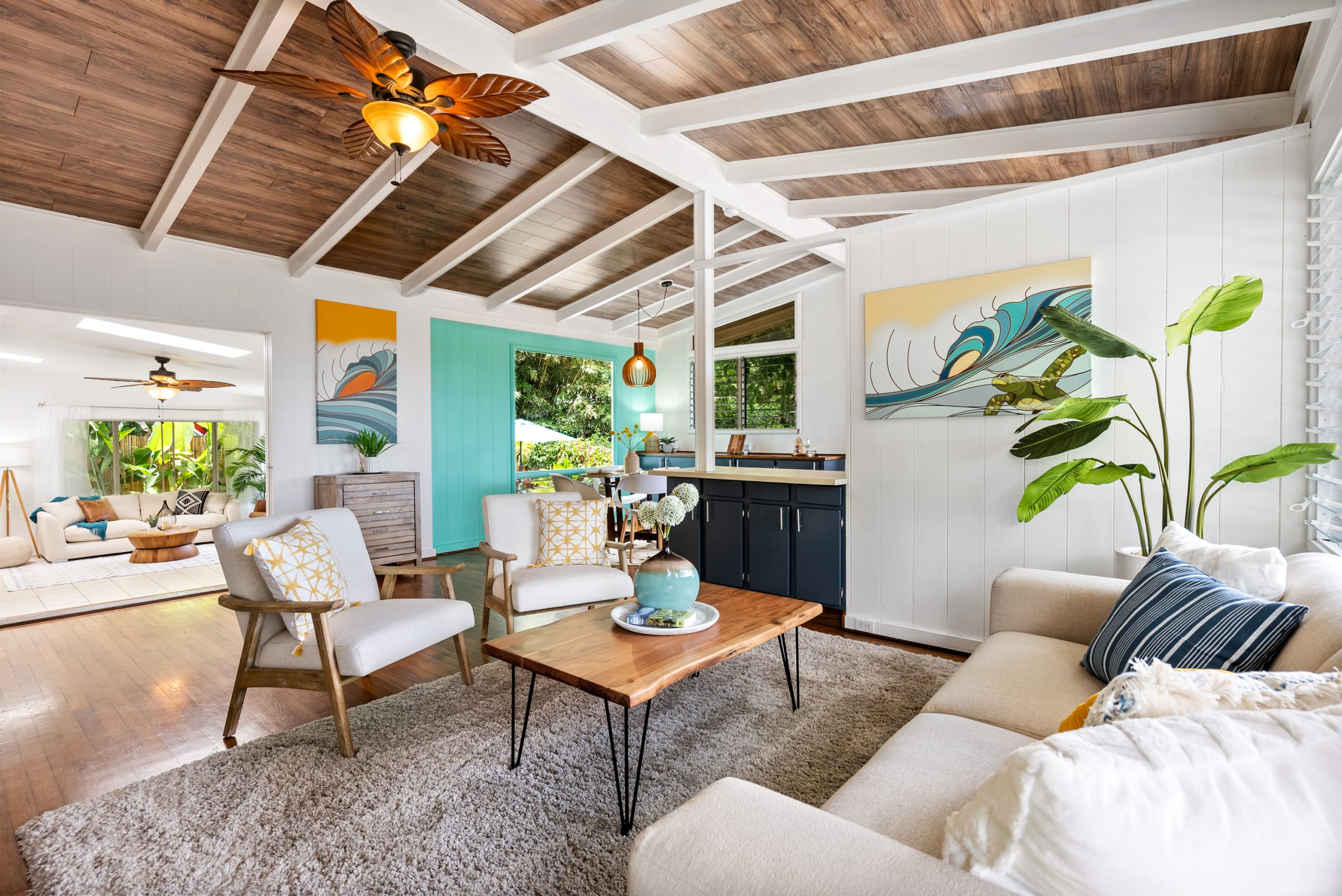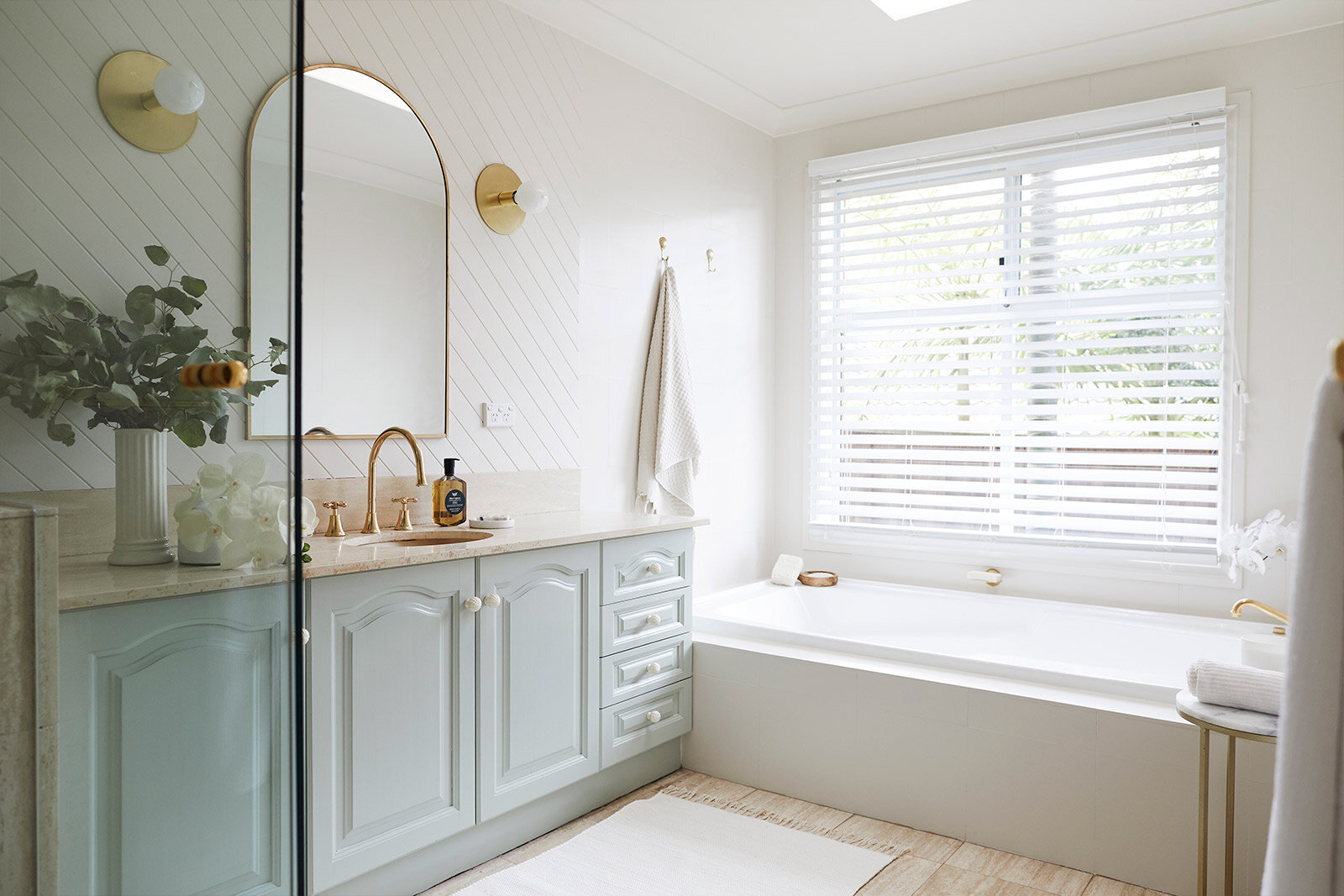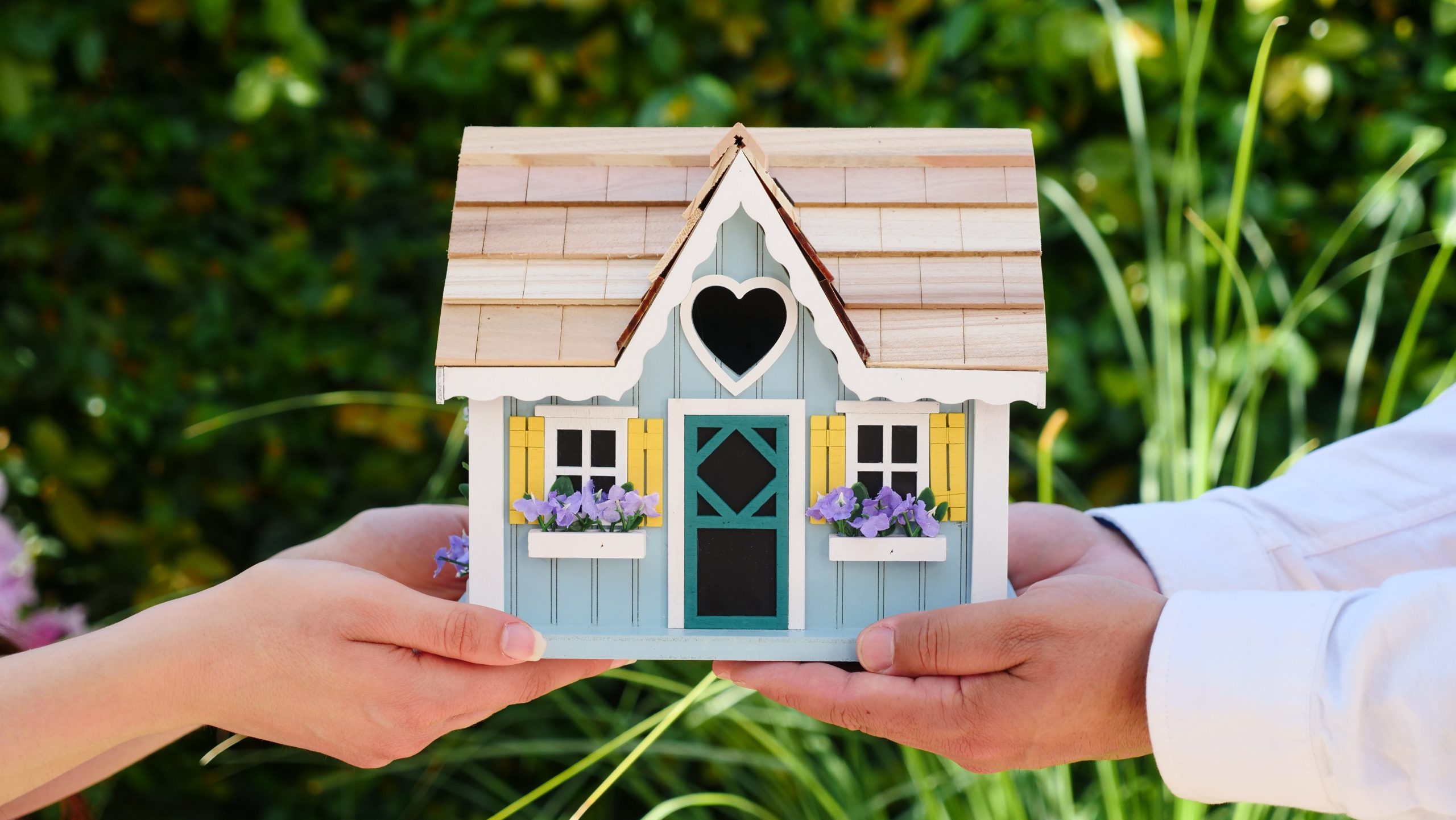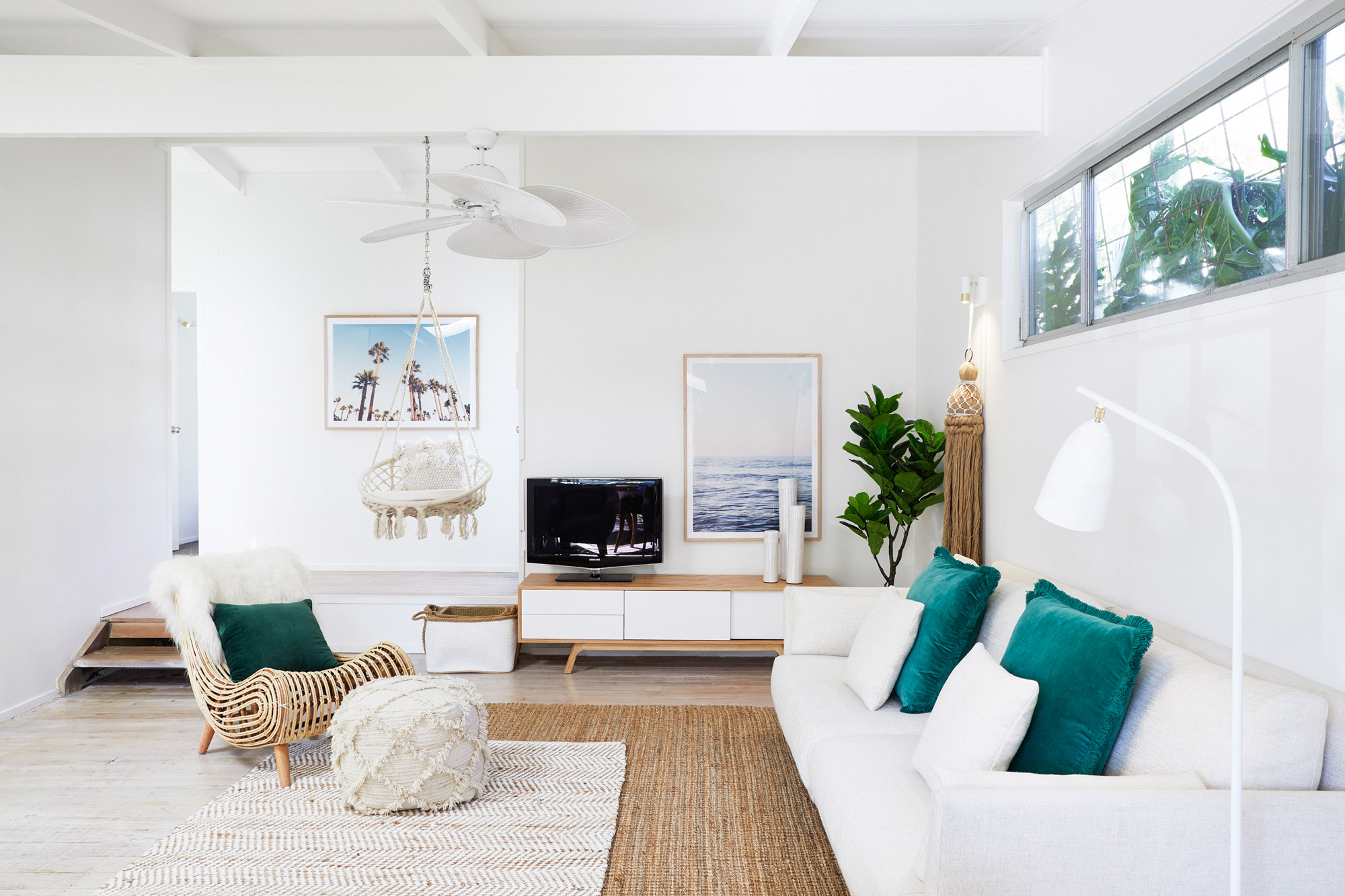A Complete Glossary of Home Selling Terms

What’s the CMA of your home and does the buyer have a plan for paying the closing costs? Does that sound like a lot of mumbo-jumbo? If it does, then it’s time that you get up to date on the latest real estate lingo.
When selling a home, it’s impossible to avoid real estate terminology. Everyone uses it from your real estate agent to your bank loan manager and the home seller. If you don’t know what they’re saying, you could put yourself at risk of a bad deal or an unfortunate misunderstanding that can cause endless trouble for closing the deal.
To help prepare you for the home selling process, I’ve created a complete glossary of real estate terms.
Appraisal — This is an estimate of the property’s worth/value. To determine the value of your home, you’ll need a real estate appraisal with expertise in your geographic area.
Appreciation — Over time, your house should gain in value due to increased marketing demand and inflation. The increased value of your home from when you purchased it is considered its appreciation in value. Depreciation refers to a decrease in value.
Assessed Value — This is the dollar value that a public tax assessor assigns to your home for the purpose of city/state taxes. This value is separate from a home appraisal value or market value.
Assumption of Mortgage — When the purchaser takes over your mortgage obligating, making them personally liable for payment of an existing mortgage.
Closing Costs — These refer to miscellaneous expenses (typically paid by the buyer) to close the deal. Expenses can include mortgage fees, recording fees, title insurance, transfer taxes, credit check fees, commissions, inspection fees, appraisal fees, and more.
CMA: CMA stands for Comparative Market Analysis, also referred to as “comps.” This report looks at similar homes in your area that were sold or are currently on the market and can help you determine an accurate value for your home.
Common Area — When selling a home, you should also mention facilities and space that are included perks. For a condominium, this real estate lingo can refer to a shared pool, parking, laundry, or courtyard. In a house, it can refer to managed homeowners areas.
Counteroffer — If you reject the initial home offer made by the buyer, you can make a revised offer that is more desirable.
Deed — The deed is a written document that transfers the title of your property from one owner to another.
Earnest Money Deposit — You’ll receive this payment from the buyer as an offer that indicates serious interest in your property. It is counted toward the down payment and is refundable.
Equity — This is the difference between your home’s fair market value and the value of your unpaid mortgage.
Escrow —Refers to an account set up by the lender, which holds funds from the buyer pending completion of sale.
Mortgage — A lien of claim against your property that the buyer gives to the lender as security for the money borrowed. When selling, you’ll need to ensure that you can make back your mortgage note.
Multiple Listing Service (MLS) — When selling your home, an MLS is an organization that collects and distributes home sale information to popular listing sites.
Principal — The amount of money you borrowed to buy your home that you must pay back with interest.
Real Estate Agent — A professional with a real estate license who has passed a test as required by the state.
Realtor — This is a real estate agent who is also a member of the National Association of Realtors, meaning they uphold certain standards and codes of ethics.
Real Estate Broker — A real estate agent that has additional education, has passed the state broker’s exam, and meets minimum transaction requirements.
Sales Agreement — Also referred to as an agreement of sale, contract of purchase, or purchase agreement. This is the contract in which the seller agrees to sell and the buyer agrees to buy under specific terms and conditions.
Title — The title is a document that refers to your right of ownership and thus your ability to sell.
Selling your home should never be confusing. Work with real estate professionals who can make the process as easy as possible and help you understand all the real estate terminology that you need to know. Contact me today to get the help you need and deserve.
Can Professional Photos Sell Your Home Faster?

A picture is worth a thousand words. We’ve all heard the saying before, and it’s definitely true when it comes to real estate. It would be almost impossible to fully describe a house without pictures. There’s just one problem; too often homeowners forget about picture quality.
Not all images are created equal. Blurry or poor-quality photos can be detrimental when selling your home. The question is, “Does professional photography help sell homes?” The simple answer is yes.
Professional photography can make all the difference when it comes to selling your home more quickly. It’s one reason why professional real estate photography exists.
Don’t just take our word for it. The facts speak for themselves.
Buyers Care About Photos Most
When looking at property, experts revealed that buyers are most interested in real estate photography. In fact, 95.1% of buyers first looked at pictures over everything else on a listing. Only after the pictures caught their attention did buyers move onto the property description section.
Real estate listing photos are particularly important when it comes to using the internet to home shop. According to the National Association of Realtors, 92% of buyers use the internet to shop for a home. Without photos, many homebuyers won’t even bother clicking on an online home listing.
Professional Photos Attract More Buyers
Professional real estate photography can earn you between $1,000 and $100,000 more on your final sales price according to a study. That’s serious cash.
In addition, better quality photos can also increase the number of people clicking on your listing. This means that simply updating your listing with professional photos can potentially double the attention your home gets from potential buyers.
Professional Photos Give You a Competitive Edge
It’s easy to tell the difference between amateur photography and high-quality professional real estate photography. There really is no comparison, and your buyers will immediately recognize the difference and be more attracted to beautiful photography.
What’s the difference?
Art Direction: Professional photographers understand the essential elements that make up quality home images. This means that your bathroom won’t just be a picture of the toilet, but a piece of art that makes your bathroom look the best it’s ever looked.
Staged Rooms: An empty home won’t get you anywhere. Furnished rooms and spectacularly staged photos attract homebuyers by helping them envision their new life in your home.
Perfect Composition: Great real estate photos need the right light, angles, and composition to capture emotion, structure, and beauty. A professional sees all of this and makes it happen.
Editing: Few pictures are automatically perfect. Instead, they require careful post-production editing to enhance the final product.
Better images provide an ideal showcase for the home you love. It’s all of these elements together that help professional photos stand out online and in every listing. So, if you want your home to have a competitive edge in your area, you need the right real estate photographer.
Professional Photos Sell Homes Faster
Studies reveal that professional real estate photos can help a listing sell faster than comparable homes without professional photography. This means that if you have limited time or want to get your home off of your hands quickly, you can’t just point and shoot with your own camera. You need images that are produced professionally in order to have a major impact on potential buyers.
In the end, there’s no doubt that professional home photography is a good idea if you want to sell your home faster and for more money.
5 Bathroom Renovations That Really Pay Off

On the journey to selling your home, it can be all too easy to focus solely on finding your new dream property and forget to ensure the home you leave behind is a dream property for its next inhabitants. Creating a beautiful living space that you’ll soon be leaving may seem counterproductive, but the good news is giving your home some targeted TLC before selling can increase its value at a time when that matters most.
To help you make your property that little bit more irresistible, our friends at Jaquar are honing in on the bathroom – a space full of renovation potential. From full-scale makeover ideas to the finer details, you’ll find ideas galore for redecorating your way to a hefty new home fund.
A blank canvas color palette
Pale, muted and earthy shades are widely acknowledged as appealing to potential buyers due to being stripped-back and, as a result, boundless in potential. Without a bold, imposing color scheme limiting their imagination, prospective buyers will be able to effortlessly picture themselves living in the space.
A neutral color palette is particularly at home in the bathroom, which should be designated as a space for peaceful, uninterrupted relaxation. Calming shades such as white, cream and beige are ideal for creating that all-important atmosphere of zen – and with any luck, potential buyers will feel their worries melt away the moment they first set foot in your blank canvas bathroom.
Vertical storage space maximized
In smaller homes, storage space is at a premium – and even if your property is a reasonable size, there’s no denying the appeal of extra storage options that don’t impose on the living space itself.
In the bathroom, your best bet is to unlock the potential of your available vertical space – introducing new hanging storage baskets, wall-mounted hooks and rails, and floating shelves, all of which are as affordable as they are effective. With these simple storage additions, you can create an utterly clutter-free space where everything has its right place – guaranteed to go down a storm with prospective buyers.
A striking statement bathtub
Introducing a distinctive statement feature to your home is interior design 101 – and the bathroom is a particularly effective space for putting this idea into action. To promptly dial up your bathroom’s aesthetic from perfectly adequate to unmistakably premium, invest in a sumptuous statement bath that immediately catches the eye.
Free-standing bathtubs in particular add instant opulence to any bathroom, conjuring images of tranquil living in the lap of luxury. If your property can make a promise as powerful as that, finding a buyer shouldn’t be a problem.
Radiant lighting fixtures
The right lighting is the key to the right ambience, and ambience isn’t something that can be neglected in a relaxation station like the bathroom. In keeping with your understated yet elegant aesthetic, you can increase your bathroom’s appeal further still by illuminating the space with gently glowing sconces, under-cabinet or over-shelf lighting, an industrial-look pendant lamp or a combination of the lot if you’re open to something a little more eclectic.
Of course, the ultimate bathroom lighting solution is to introduce a skylight, bathing the entire space in rejuvenating natural light. This will mean a far greater financial investment on your part, but is likely to pay dividends when the time comes to sell your home.
Premium extras aplenty
With your neutral color palette, vertical storage options, statement bathtub and luxurious light fixtures firmly in place, all that’s left is to ice the cake – by which we mean put the finishing touches on your irresistible bathroom.
From elegant wall mirrors and dainty cabinets to a fashionable and functional splash back behind the basin or in the shower, the options are practically endless when it comes to accessorizing your way to a bathroom any prospective buyer will be happy to pay more for the luxury of living in.

 Facebook
Facebook
 X
X
 Pinterest
Pinterest
 Copy Link
Copy Link














